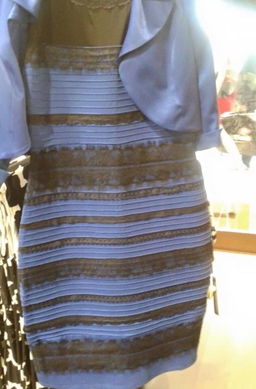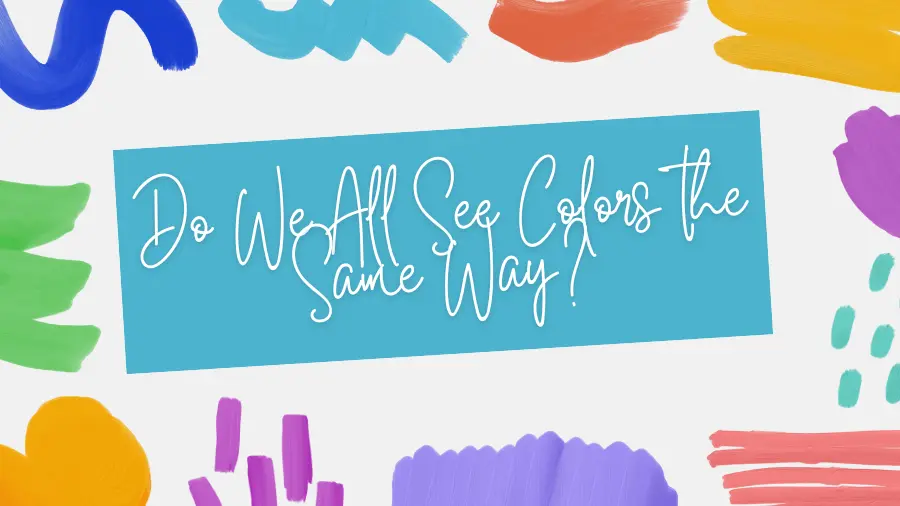Have you ever thought if the colors you see are the same as what others see with their eyes? We know that the sky is blue and grass is green, the way we perceive colors can actually vary from person to person. Do you want to know why that happens?
How Our Eyes See Color?
Our eyes contain special cells called cones that help us see multiple colors. Most people have three types of cones:
- S cones – detect short wavelengths (blue)
- M cones – detect medium wavelengths (green)
- L cones – detect long wavelengths (red)
The brain collects signals from these cones to create the colors we see around us. However, differences in these cones can affect how we perceive different colors. For example, some people have a rare condition called tetrachromacy, which means they have an extra type of cone and can see more shades of color than others!
Read this: Individual differences and their implications for color perception
Does Language Change the Way We See Colors?
Believe it or not, the words we use can shape how we see colors. Some languages have multiple words for shades of blue, making speakers of those languages more aware of subtle and minor differences. On the other hand, some languages group several colors under the same name, which might make those color differences harder to notice.
Do Men and Women See Colors Differently?
Studies show that men and women may perceive colors in slightly different ways. Women tend to see warmer colors and can distinguish shades of red better, while men might be better at detecting movement and fine details. Scientists believe this might be linked to ancient survival skills—women as gatherers needed to identify ripe fruits, while men as hunters needed to spot moving animals.
The Dress That Confused the World
Remember the viral debate about “The Dress” in 2015? Some people saw it as blue and black, while others saw it as white and gold. This happened because different brains interpreted the lighting in the image in different ways. It’s a perfect example of how color perception is not always the same for everyone!

Image Courtesy: https://en.wikipedia.org/wiki/The_dress
Can We Test How We See Colors?
There are fun online tests that show how people see colors differently. Some ask whether a color looks more blue or green, revealing how much variation exists in human vision. These differences remind us that color perception is personal and shaped by biology, culture, and even past experiences.
Conclusion
People generally see the same colors, individual perception varies slightly due to biological differences. The researcher clarifies two key points:
- Extreme Color Swaps Are Unlikely: In people with normal color vision (without color blindness), one person’s “green” is not perceived as another person’s “red” or “blue.” While color blindness can affect color perception, it doesn’t typically cause a complete swapping of colors.
- Slight Differences in Color Perception Exist: Even among those with normal vision, people perceive colors slightly differently. Factors like genetics and gender play a role—for example, women tend to distinguish subtle color variations better than men. Additionally, differences in the proteins responsible for detecting color (opsins) mean that two people may see the same shade of green slightly differently, though they would both still recognize it as “green.”
Overall, while we all agree on colors, subtle variations in perception mean that no two people see exactly the same shades.


Leave a Reply
You must be logged in to post a comment.